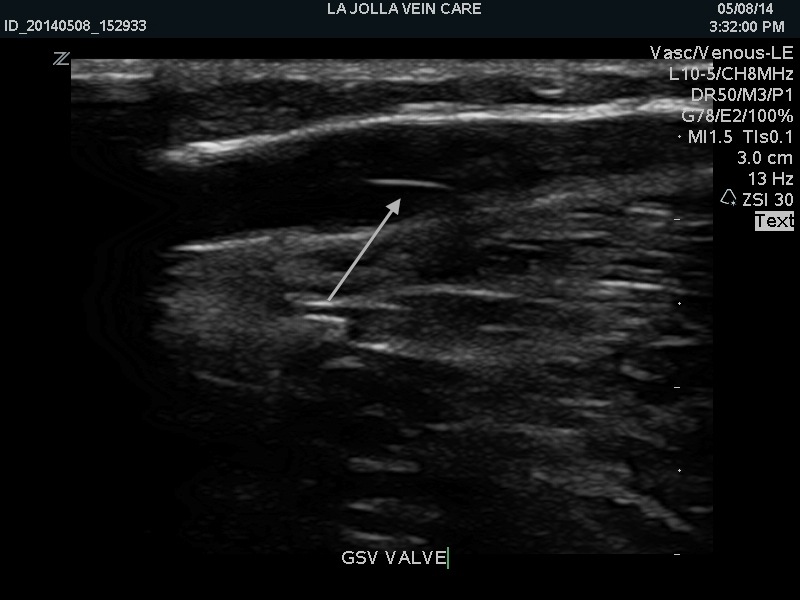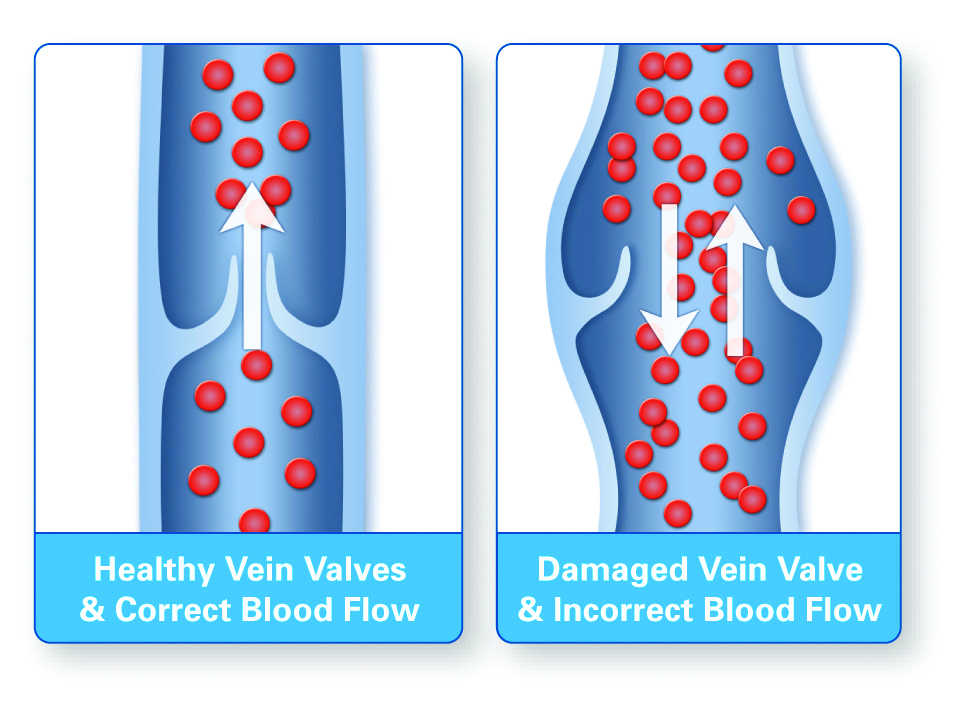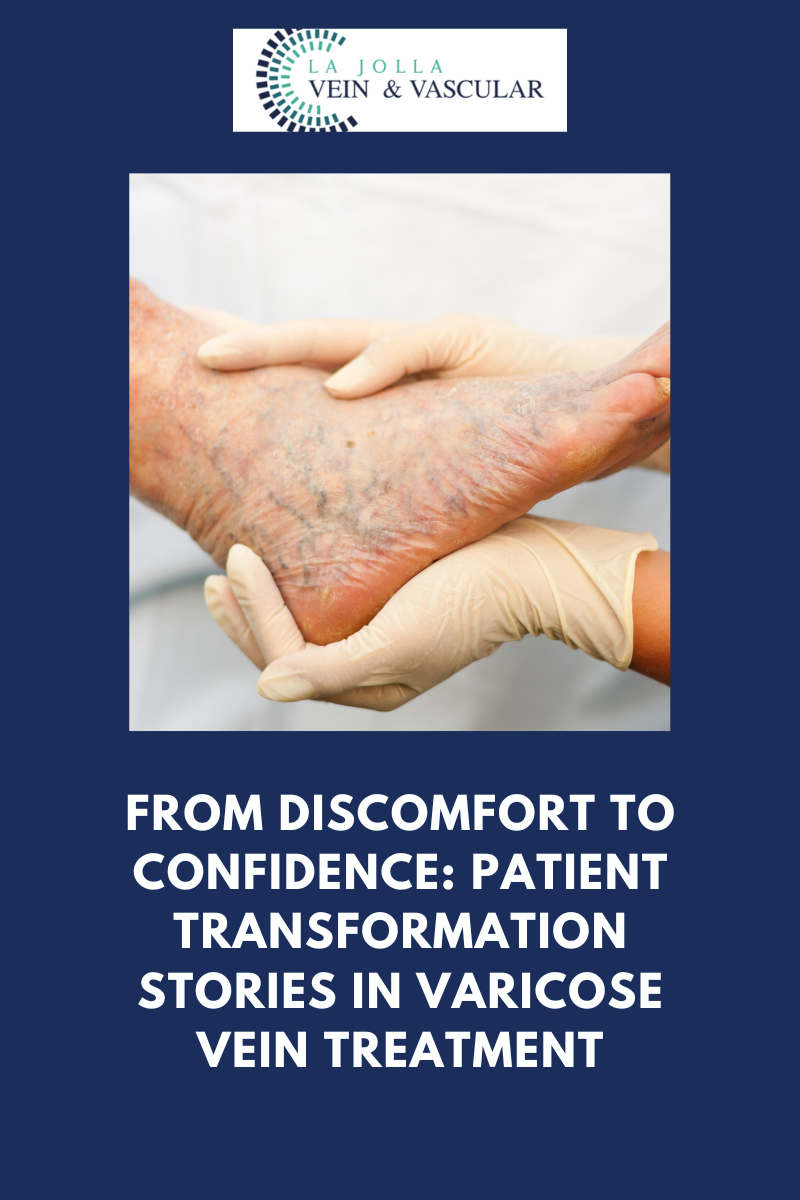What Are Vein Valves?

The valves inside the leg veins can be seen on ultrasound. The arrow points to a valve in the great saphenous vein within the leg.

Leg veins have one-way valves that prevent blood from flowing backward. Diseased valves are ‘leaky’ and allow blood flow both forward and backward, eventually causing bulging of the veins, i.e., varicose veins.
In the circulatory system, the veins carry de-oxygenated blood back to the heart. The leg veins carry blood toward the heart, against gravity. Therefore, the leg veins have one-way valves the prevent backflow of blood. When the valves do not function properly, they allow blood to flow backward, causing the pooling of blood. This is referred to as venous reflux or venous insufficiency. Eventually, the backflow of the blood will cause varicose veins to develop and symptoms related to the increased pressure in the leg veins such as leg heaviness, aching, swelling, restless legs, night cramps, throbbing, and pain.





